Back in 211 BC, the Roman Denarius made its grand debut, quickly becoming more than just a piece of metal. It was the heart of Rome’s booming economy and a testament to its military prowess.
Think of it as the linchpin in an elaborate dance of power, economy, and ambition that spanned centuries. Read on to find out all the information about this coin!
Origin and Early History of Roman Denarius
Imagine a time when the cumbersome aes grave weighed down pockets. Rome was in dire need of change. Enter the denarius.
With its roots in the Latin word “deni” for ten, this shiny new silver coin was the answer to prayers for a currency that wasn’t just practical but also valuable.
Initially pegged to ten asses, the denarius adapted to the times, eventually being worth sixteen. Why? Silver was hard to come by, a precious commodity that dictated the coin’s fate.
Current currency value and price
The modern numismatic value of Denarius coins can range from around $100 for common specimens in good condition to hundreds of thousands of dollars for rare or historically significant examples.
For instance, certain coins, like those from the reigns of specific emperors or in exceptional quality, can command prices between $100 to $300 or even more.
In extraordinary cases, such as highly sought-after aurei or denarii, prices can soar into tens of thousands or even over a million dollars for the rarest specimens
Different Denarii coin designs

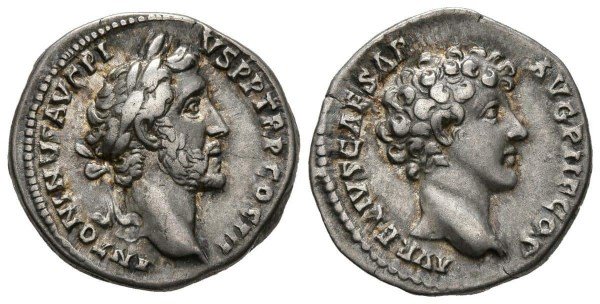
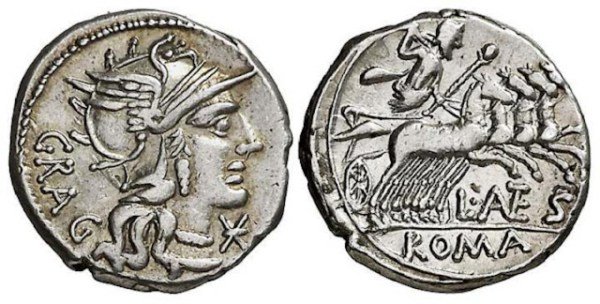
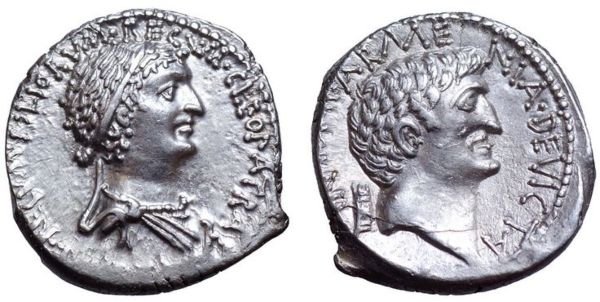

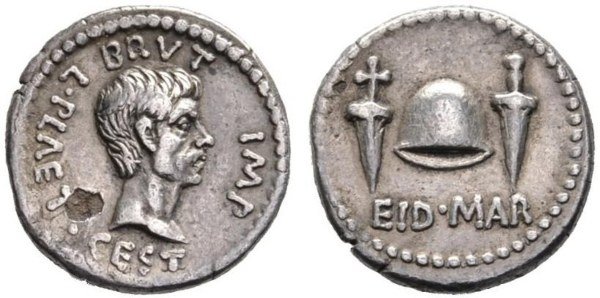
Debasement and Economic Impact
As Rome’s needs grew and its coffers strained under the weight of military campaigns, the denarius experienced a transformation.
Its silver content was gradually reduced, a move by emperors like Nero to stretch the budget. But this was a double-edged sword. While it solved immediate financial woes, it chipped away at the coin’s value and credibility.
The Transition to the Antoninianus
Despite the bumps in the road, the denarius held its ground until the 3rd century AD, when Emperor Caracalla introduced the antoninianus.
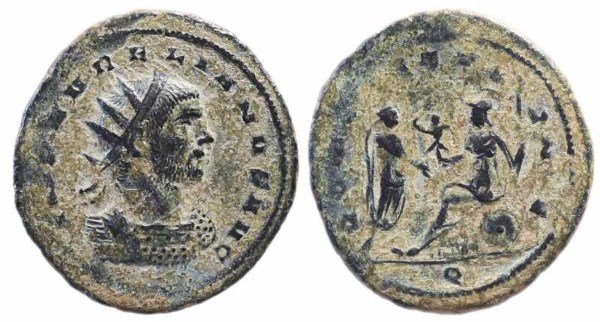
This wasn’t just any coin; it was supposed to be worth two denarii but fell short in silver content, causing quite the stir and leading to the older coins being hoarded. It’s a classic case of economic decisions having far-reaching effects.
Legacy and Influence of Roman Denarius
The denarius wasn’t just a coin; it was a symbol. It facilitated trade across the Mediterranean and bore witness to Rome’s greatest achievements through its designs.
This coin managed to etch itself into the annals of history, influencing not just the economy, but also the cultural and political landscape. Fast forward to today, and its legacy can still be felt, from the portraits on our coins to the “d” in the British monetary system.
In the grand tapestry of Rome’s history, the denarius is a vivid thread weaving through the narrative of empire-building, economic strategy, and the timeless lesson of the importance of a stable currency.
We hope you liked the article, if so, we invite you to read other articles about ancient coins.

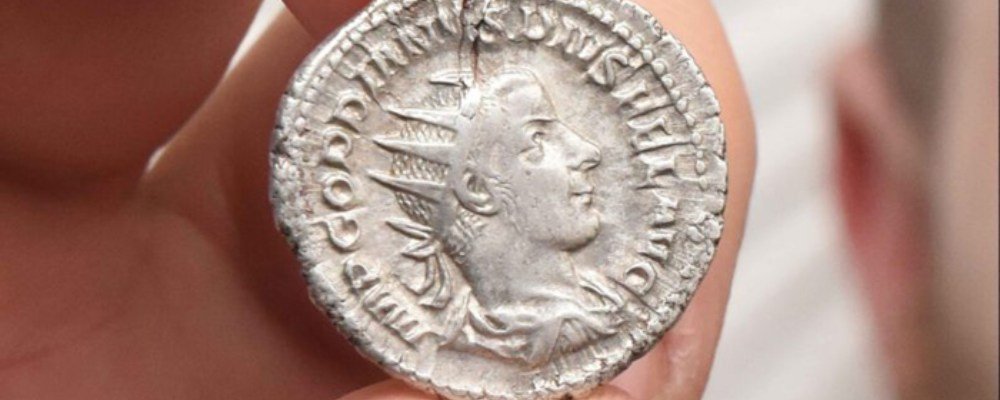

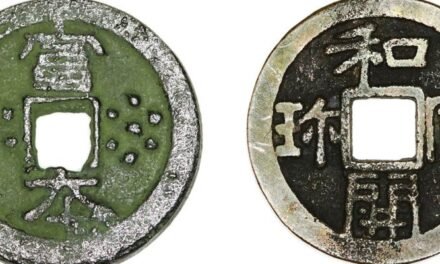

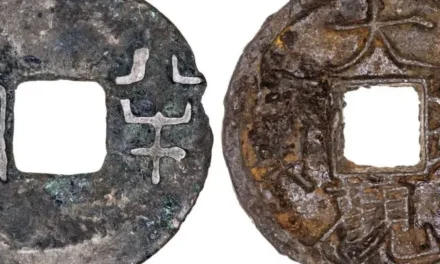

Trackbacks/Pingbacks